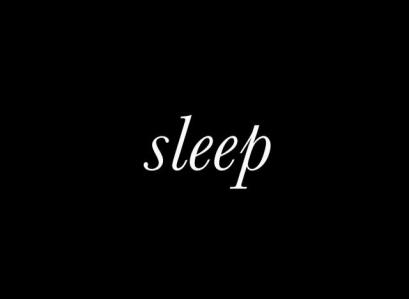Anahad O’Connor | The New York Times
“Do We Really Need to Sleep 7 Hours a Night?” was originally published in The New York Times in October, 2015 by Anahad O’Connor, a reporter for the New York Times posing questions about society and answering them in his blog posts, and news articles. Anahad’s pieces are based off of simple topics, much like sleep, or eating breakfast, and they cover the many facets behind the topic, like needing sleep, or what value does breakfast really have.
In the article, “Do We Really Need to Sleep 7 Hours a Night?”, Anahad talks about how our sleep is challenged by the various technologies that we have around us. Our smartphones, our laptops, or our TV screens. The argument brought up in the article is that various hunter-gatherer tribes in Africa who don’t have access to the same technologies we do still show similar sleep patterns as those studied in America. The question is why? Why do humans naturally lean toward less sleep? O’Connor looks at the health of the hunter tribes and compares them to that of the modernized society. Surprisingly, he saw better health in the members in tribe who average the same sleep that we do. In this observation, O’Connor also noticed that the tribe also expends the same physical activity, deducing that physical activity isn’t keeping the tribe healthy.
Towards the end of his research, O’Connor realizes that the quality of the tribes sleep was much higher compared to that of those in a modernized society. O’Connor observed the effect of light on human sleep. Before the light-bulb humans slept naturally through the night without their sleep disturbed by fluctuating light. The tribe is not exposed to much light while sleeping, thereby increasing their sleep quality. Heat exposure also played as a factor. The article suggests that‘humans may have evolved to sleep during the coldest hours of the day, perhaps as a way to conserve energy’. So the question whether we need 7 hours of sleep is debated with temperature, light exposure, and quality vs. quantity.
